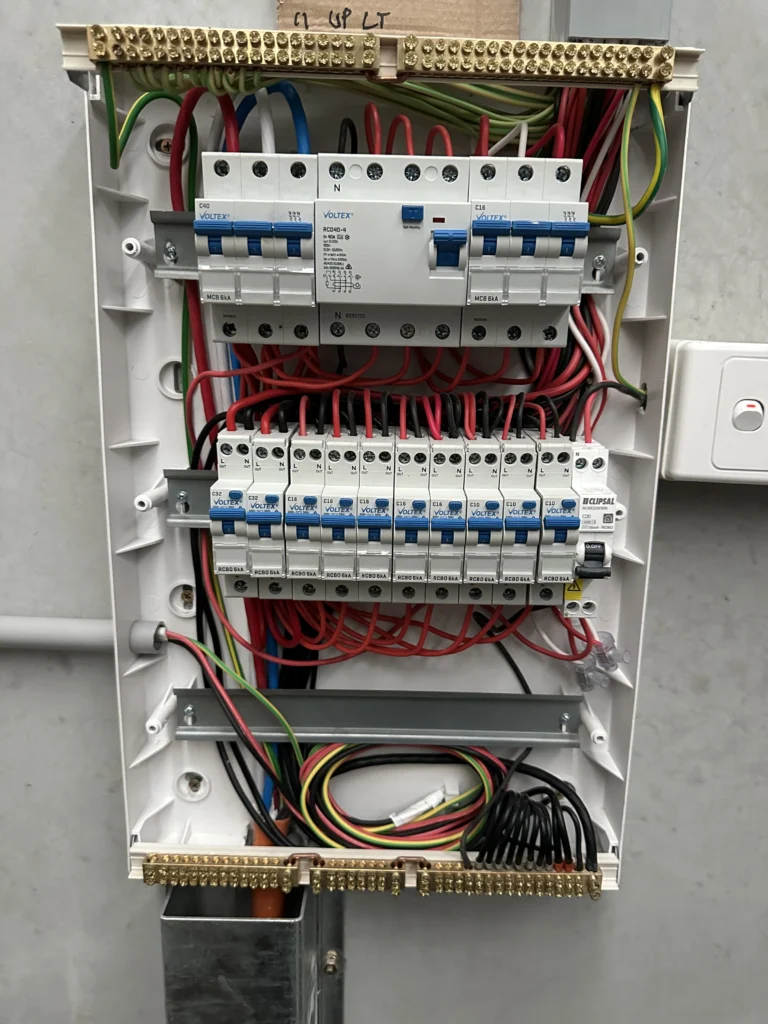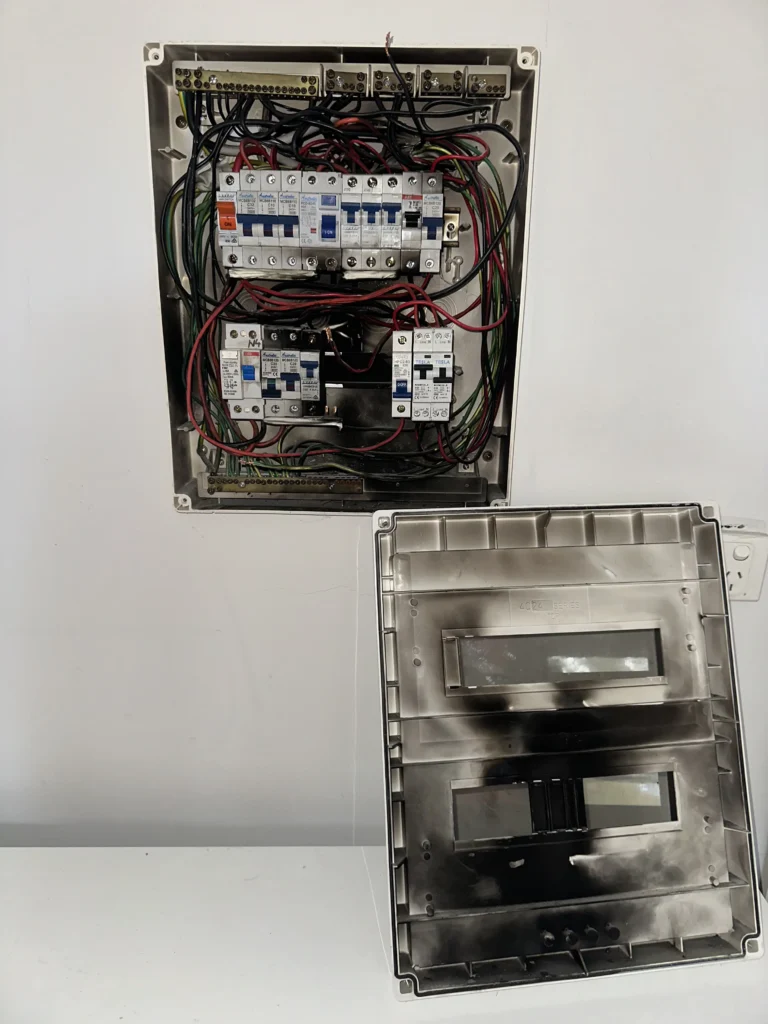When it comes to your home or business, safety and efficiency should never be compromised. One of the most overlooked yet essential aspects of any electrical system is the switchboard. Also known as a fuse box or distribution board, your switchboard is the central hub that controls the electrical circuits in your property.
In Australia, outdated switchboards are not just inefficient, they are often non-compliant with current safety standards. Whether you’re renovating, installing new appliances, or simply concerned about your safety, a switchboard upgrade or electrical system upgrade is a smart investment.
What Is a Switchboard and Why Is It Important?
A switchboard distributes electricity from the main supply to various circuits within a building. It contains safety devices such as circuit breakers or fuses that protect against overloading and short circuits. An old or damaged switchboard may not handle the demands of modern appliances, which increases the risk of fire or electrical failure.


Signs You Need a Switchboard Upgrade
-
Flickering or dimming lights
-
Power tripping frequently
-
Old ceramic fuses instead of circuit breakers
-
No safety switch (RCD)
-
Overheating or burnt smells
-
Installing large appliances like air conditioners or ovens
Benefits of Upgrading Your Switchboard
-
Improved Safety – Modern switchboards are fitted with safety switches (RCDs) to instantly cut off power during faults, reducing risk of electrocution and fire.
-
Increased Capacity – They can handle the load of modern homes, especially if you’re adding new appliances.
-
Compliance with Regulations – Meets current Australian electrical standards.
-
Property Value Boost – A new switchboard is a strong selling point for buyers.
-
Peace of Mind – You won’t need to worry about unexpected power failures or risks.
What Is Involved in a Switchboard Upgrade?
A licensed electrician will:
-
Disconnect the main power safely
-
Remove the old switchboard and fuses
-
Install a new switchboard with modern circuit breakers and RCDs
-
Label all circuits clearly
-
Test each connection to ensure everything works properly
-
Provide a Certificate of Electrical Safety
Electrical System Upgrades Beyond the Switchboard
While upgrading your switchboard is crucial, it’s not the only component to consider. A full electrical upgrade may include:
-
Rewiring old or degraded cables
-
Installing additional power points
-
Upgrading lighting to energy-efficient LEDs
-
Installing surge protectors
-
Improving data cabling or integrating smart home tech
Common FAQs About Switchboard and Electrical Upgrades
Costs typically range from $1,200 to $1,800 depending on the size of the system, complexity, and location. It’s best to get a detailed quote from a local electrician.
Yes. In Australia, all electrical work including switchboard upgrades must be carried out by a licensed electrician. DIY is illegal and extremely dangerous.
Most upgrades can be completed within 3 to 5 hours. However, if additional work like rewiring is required, it might take longer.
Yes, there will be a temporary disconnection. Your electrician will advise you beforehand and aim to minimise downtime.
An RCD (Residual Current Device) is a safety switch that cuts power if it detects leakage or imbalance in the electrical circuit. It helps prevent electric shock.
Yes, in many cases. Older switchboards may not support the additional load or integration needed for solar systems.
The term fuse box is often used to describe older systems that use ceramic fuses. A modern switchboard uses circuit breakers and RCDs for improved safety.
